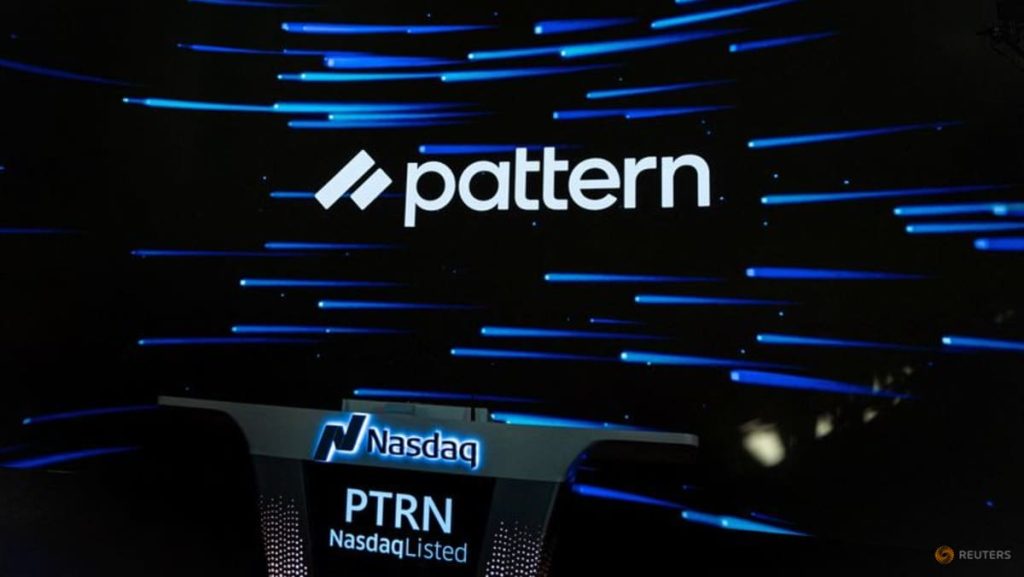Pattern Group’s shares fell nearly 3.6 per cent in their Nasdaq debut on Friday, valuing the e-commerce firm at $2.38 billion.
The Lehi, Utah-based company’s stock opened at $13.5, compared with its offer price of $14.
Pattern and some of its existing shareholders raised $300 million by selling 21.4 million shares, compared with its marketed price range of $13 to $15 apiece.
A wave of successful U.S. IPOs has helped restore investor confidence, easing worries over President Donald Trump’s tariff policies that rattled markets earlier this year.
However, investors remain choosy about where to deploy capital as persistent inflation and a cooling labor market, underscored by the government’s downward revision of job growth, fuel concerns about the economy’s health.


